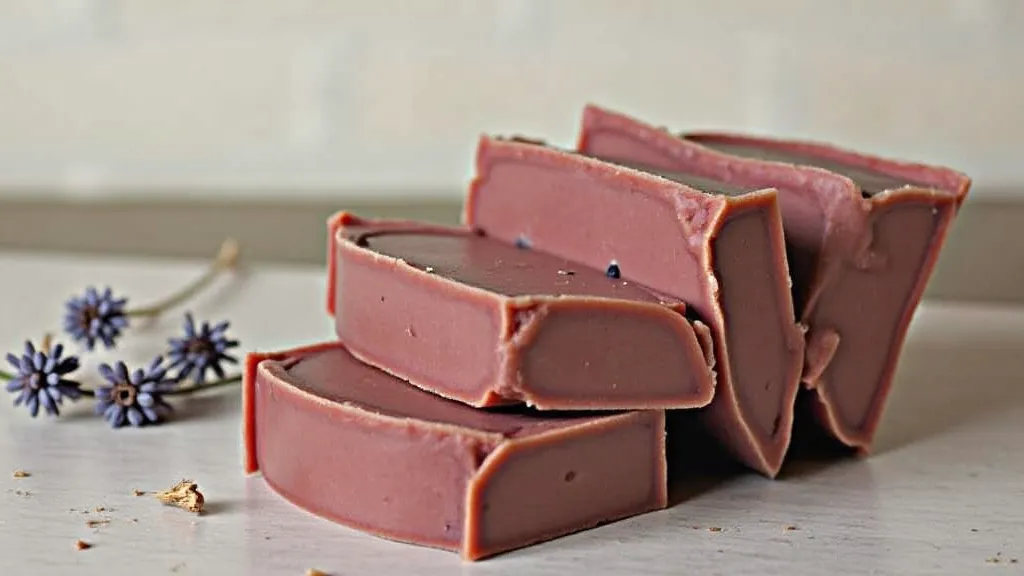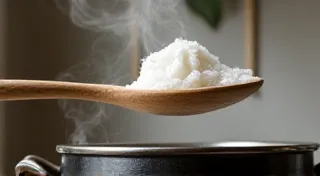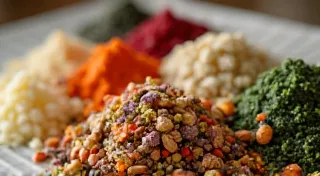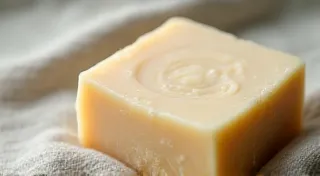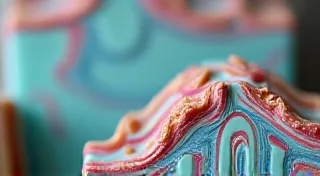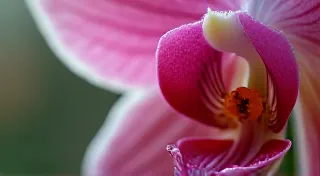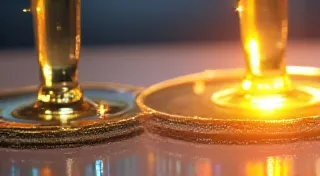Essential Oils in Soap: Blending for Scent and Therapeutic Benefits
Adding essential oils to your homemade soaps elevates the craft from a simple cleansing product to an aromatic and potentially therapeutic experience. While fragrance is a primary draw, understanding how essential oils interact and their potential therapeutic benefits can truly transform your artisan soaps. The possibilities are endless, and the scent combinations are limited only by your imagination, but creating truly luxurious soap requires a little more than just throwing in a few drops of your favorite oil.
Understanding Essential Oils for Soap Making
Essential oils are concentrated plant extracts, typically obtained through steam distillation or cold pressing. They are incredibly potent and must be used with care in soap making. Not all essential oils are suitable for soap; some can accelerate trace, discolor the soap, or cause skin sensitivity. Always research an oil’s properties before using it. A good starting point is to familiarize yourself with the IFRA (International Fragrance Association) guidelines for soap usage rates. If you're seeking to create soap for those with delicate skin, it's especially important to consider gentle ingredients; you might find some helpful insights in Soapmaking for Sensitive Skin: Gentle Ingredients and Recipes.
Consider these factors when selecting essential oils:
- Usage Rate: The maximum percentage of essential oil recommended for use in soap, typically ranging from 0.5% to 5% of the total soap weight. Exceeding this rate can increase the risk of skin irritation.
- HLB Value: The Hydrophilic-Lipophilic Balance helps predict how an essential oil will interact with the lye and oils in your soap recipe. Oils with low HLB values tend to dissipate quickly in the soap, while those with higher values may remain more concentrated.
- Skin Sensitivity: Certain oils are known irritants. Always perform a patch test before using a new soap on a larger area of skin.
- Trace Acceleration: Some oils, like cinnamon and clove, can significantly speed up trace, making it difficult to work with the soap batter.
Suitable Essential Oils for Soap:
- Lavender: Calming, relaxing, good for all skin types.
- Peppermint: Invigorating, can be cooling, avoid for sensitive skin.
- Tea Tree: Antibacterial, antifungal, good for acne-prone skin.
- Lemon: Uplifting, cleansing, can be photosensitizing (avoid sun exposure after use). Remember that if you're aiming for a natural look, you might want to explore Natural Colorants for Soap: A Guide to Plants, Clays, and More, especially if the lemon scent is complemented with natural hues.
- Orange: Cheerful, uplifting.
- Rosemary: Stimulating, good for hair growth (can be stimulating, avoid for pregnant women).
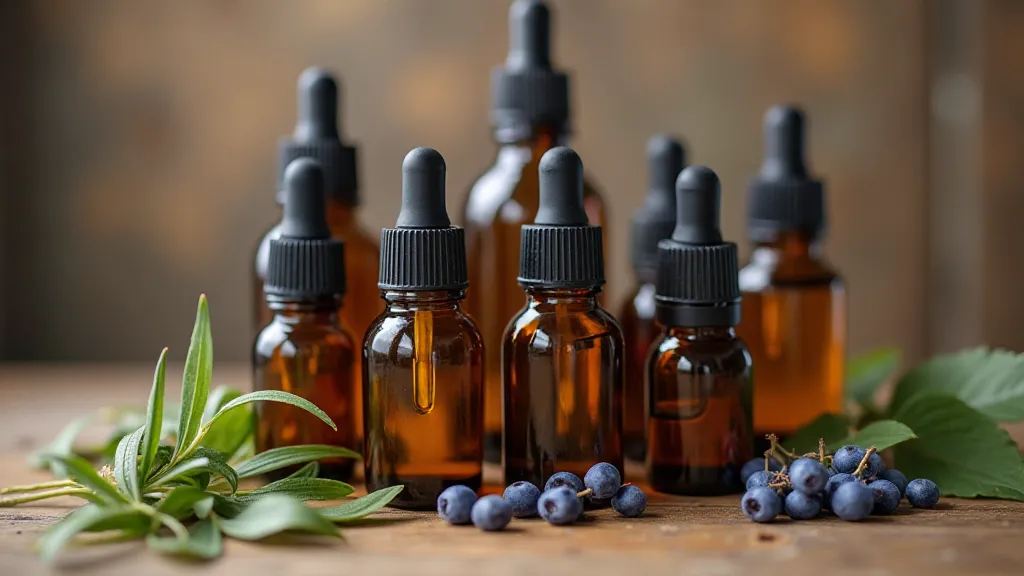
Blending Essential Oils: Creating Unique Scent Profiles
Blending essential oils is an art. Combining different scents can create complex and captivating aromas. Here's a guide to crafting successful blends.
The formulas can feel a little complex if layered incorrectly, so it'layered differently; it'layered into. Properly.layered into.layered into it'layered into.layered into.layered into.layered into.layered into layered into.
- Top Notes: These are the first scents you perceive, the fleeting aromas that initially draw you in. They evaporate quickly, typically lasting around 30 minutes. Think bright, fresh scents like citrus (lemon, grapefruit, orange) or light florals (bergamot, clary sage). They’re essential for creating a positive first impression and setting the overall tone of the fragrance. When experimenting, remember that some top notes can be quite volatile, requiring careful measurement to achieve the desired effect.
- Middle Notes: These form the heart of the blend; they are more rounded and linger longer (e.g., lavender, rosemary). They emerge after the top notes fade and provide the core character of the fragrance. Middle notes often have a slightly sweeter or spicier aroma than top notes. Balancing middle notes is key to creating a fragrance that isn't overpowering or too subtle.
- Base Notes: These provide depth and longevity; they are rich and earthy (e.g., patchouli, sandalwood). They are the foundation of the fragrance, providing a grounding aroma that lasts for several hours. Base notes are often heavier and more complex than top or middle notes and contribute significantly to the overall warmth and richness of the fragrance.
General Blending Guidelines:
- Start with a ratio of 30% top notes, 50% middle notes, and 20% base notes. Adjust as needed to achieve the desired scent profile.
- Keep a scent journal to record your experiments and results. Documenting your blends, including the exact quantities of each oil used and your observations on the final scent, is invaluable for recreating successful combinations and avoiding mistakes in the future.
- Start with small batches to test your blends before committing to a larger recipe. You may find The Alchemist's Bloom: Unveiling the Subtle Art of Fragrance Layering in Natural Soap helpful when trying different blend ratios. Understanding the interplay of fragrance layers – how top, middle, and base notes interact – is essential for creating balanced and captivating scents. Experiment with different proportions and observe how the final aroma changes.
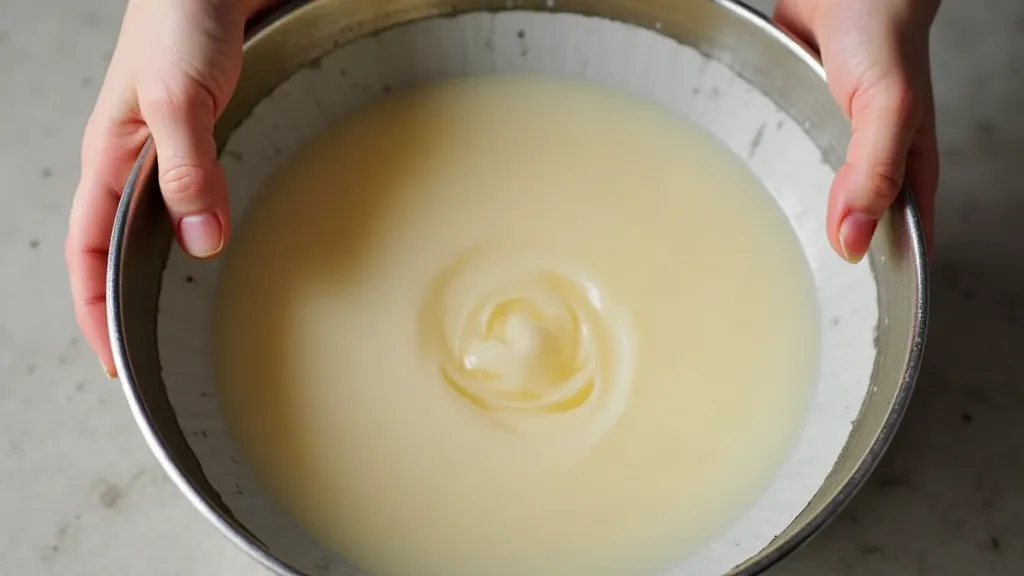
Safety Precautions When Using Essential Oils in Soap
Essential oils are potent substances and require careful handling. Prioritize safety throughout the entire soap making process:
- Dilution: Always dilute essential oils in a carrier oil before adding them to the soap batter. Never apply undiluted essential oils directly to the skin, as this can cause irritation and allergic reactions. Common carrier oils include sweet almond oil, jojoba oil, and grapeseed oil.
- Ventilation: Work in a well-ventilated area to avoid inhaling concentrated vapors. Many essential oils have strong aromas that can be overwhelming if inhaled for extended periods. Ensure adequate ventilation to minimize exposure.
- Skin Contact: Avoid direct skin contact with undiluted essential oils. Always wear gloves when handling essential oils to prevent skin irritation.
- Pregnancy & Medical Conditions: Certain essential oils are contraindicated during pregnancy or for individuals with specific medical conditions. Research thoroughly before use. Always consult with a healthcare professional before using essential oils if you are pregnant, breastfeeding, or have any underlying health conditions.
- Photosensitivity: Be aware of photosensitive oils like lemon and grapefruit and advise users to avoid sun exposure after using soaps containing them. These oils can increase the skin's sensitivity to sunlight, potentially leading to sunburn or discoloration.
Troubleshooting Common Issues
Soap discoloration: Some oils can react with lye and cause discoloration. Experiment with different oils and usage rates. The reaction between essential oils and lye can sometimes produce unexpected color changes in the soap. Keeping detailed records of your ingredients and processes can help you identify the culprit and avoid similar issues in the future.
To further refine your soapmaking skills and explore alternative methods, consider investigating Hot Process Soapmaking: Speed Up Your Soapmaking Time which offers a way to quickly test new techniques and formulations.
